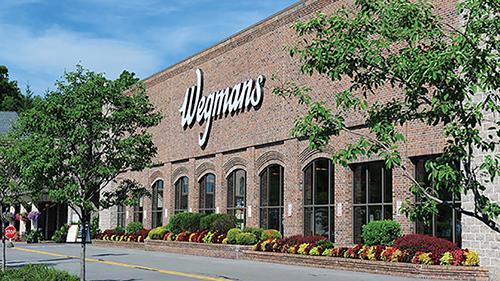When you’ve finally learned how to pronounce quinoa correctly, another new grain comes with a strange name that explains its health benefits. I’m talking about Freekeh (freak-eh). What do you ask
Well, Freekeh is wheat, but it was wheat that was harvested when it was young and green and then roasted. The flavor is similar to Bulgur wheat, but with a more herbal note. The texture and flavor of barley are similar to that of barley, although some people think there is smoke.
Why is green wheat different from normal wheat? I haven’t seen any studies in the United States, but Australian researchers at CSIRO (the national government agency for scientific research in Australia) found that when harvested, cereals contain more protein, fiber, and minerals than mature wheat. Freekeh also has a low glycemic index.

And when MyWegmansConnect fiber content is compared to other grains, they are expelled from the water, three times the fiber of brown rice, and twice the fiber of quinoa. And as anyone on a diet can tell you, the more fiber you eat, the more you will feel and the easier it will be to lose weight. Plus, Freekeh contains stubborn starch, a type of carbohydrate that acts like a fiber and helps you stay comfortably fuller longer.
Freekeh comes in whole and cracked shapes. If you’re still having trouble, visit LPGA Wegmans at places like Whole Foods Market, Wegmans, and independent health food stores. Not much, but not as expensive as so-called “superfoods.” Hopefully, when the market becomes more saturated, it will drop in price.
Another advantage of MyWegmansConnect green wheat, at least cracked, is that it cooks relatively quickly compared to many whole grains, in just 20 minutes. It can be used in place of pilafs, risottos, and salads in place of brown rice or barley. I like to use cracked freekeh on tabbouleh. With its smooth texture, the Baked Freekeh Set can also go well with yogurt and fruit in a parfait. Give the beans a maple syrup or honey sauce before garnishing them with yogurt and fruit.